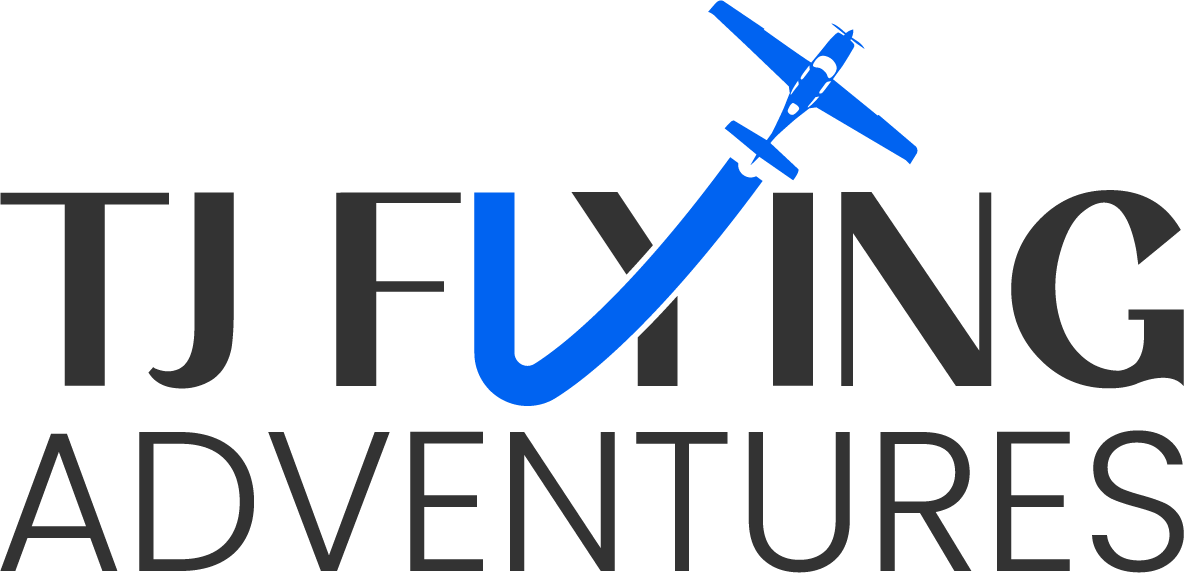Island Hopping in Hawaii (Part 2)
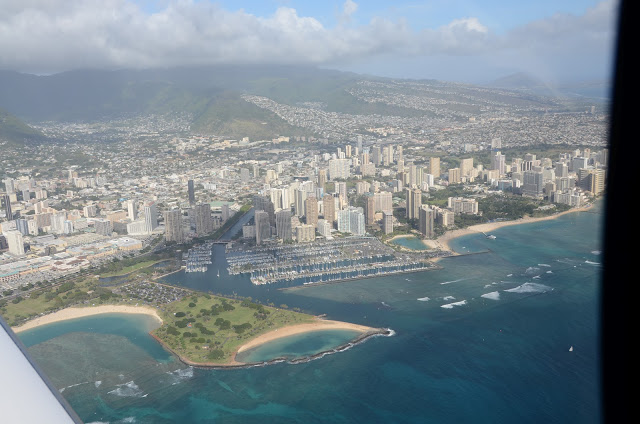
After an exciting intro to island flying, the next couple of days provided more amazing scenery and even more challenging flight conditions. The first stop, which was the island of Kauai, was the longest flight segment over water. So we filed a flight plan (and actually used the autopilot a bit). As we approached the Lihue […]
Island Hopping in Hawaii (Part 1)
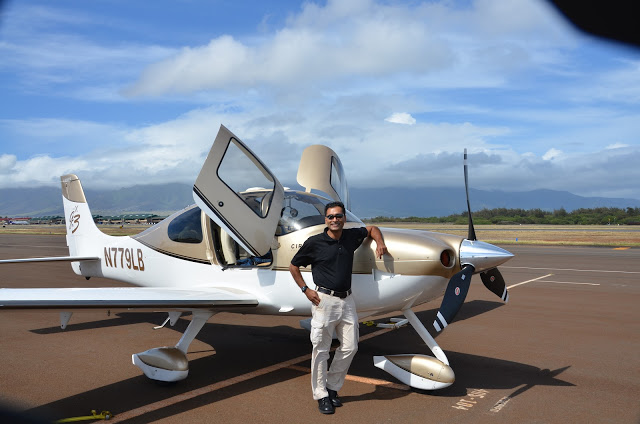
As many of you know, I have been trying to personally land in all 50 states… After 2 years of flying to every nook and cranny of the continental US and Alaska, this weekend I finally managed to check Hawaii off my list! The first 49 states were all done in my Cirrus. However, it […]
State #49 (New Mexico) and Vegas
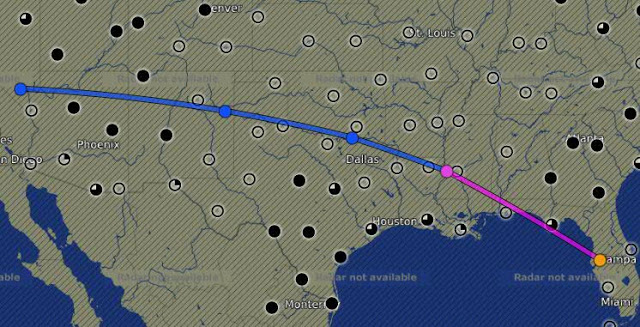
After spending entirely too much time in China during the past month, I was finally able to squeeze in a good IFR x-country trip. There was a meeting in Vegas that I wanted to attend and conveniently New Mexico was sort of on the way 😉 The routing was fairly direct, as you can see […]
Migration 9 Trip Summary
I have finally arrived in Colorado Springs and the journey was quite amazing! It is hard to summarize a 4200 mile trip. (But here goes…) Some of it what was “as expected ” ; Some of it reinforced how flexible you need to be on a journey like this. Between weather, customs formalities, spotty radar, […]
The Scenic Route to M9
As some of you know, this week is the 9th annual Cirrus migration, known as M9. While not as big as Osh Kosh or Sun N Fun, it is the biggest Cirrus event of the year. This year, M9 is being held in Colorado Springs. Cirrus pilots from around the country (and even a few from other countries) will […]
State #37 (NE) and Missouri River Flooding
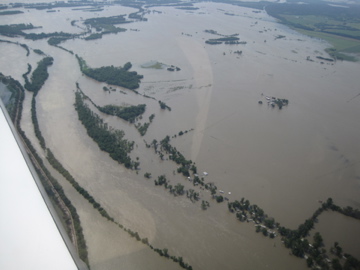
On the way back from Sioux Falls, the weather once again played a factor in my route. I needed to leave SD before the storms arrived and I was also hoping to hit one more state on the way. I was heading to Lexington, KY and found a routing through Omaha that worked perfectly: On […]
The Next State (OK) State #33
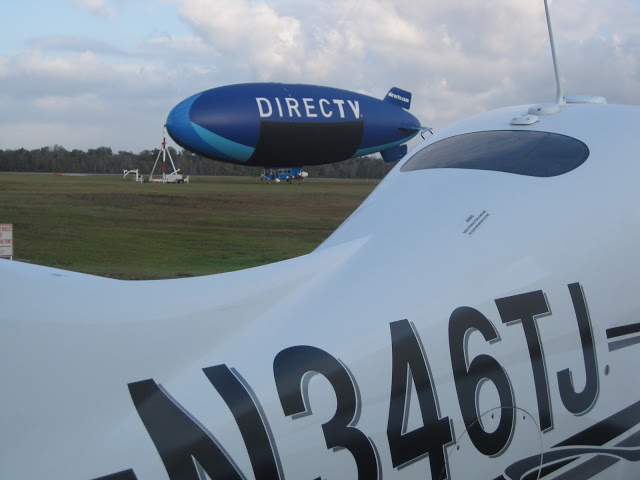
The states are now getting further (and harder) …. But that’s OK … Today was a beautiful day to fly… My intended destination was Dallas. But I was compelled to make a slight detour to land in a new state(Oklahoma). The route is shown below: The weather forecast showed a little bit of IFR along […]
East Coast Journey (Going Home)
Seven new states, and 5 IMC hours later, it was time to go home. The journey home involved a stop in Frederick, MD (state #32). Here is what the final route flown looked like: Since I needed to stop in MD, it was only natural to stop @ FDK. I was hoping to squeeze in […]
East Coast Journey (Day 3)
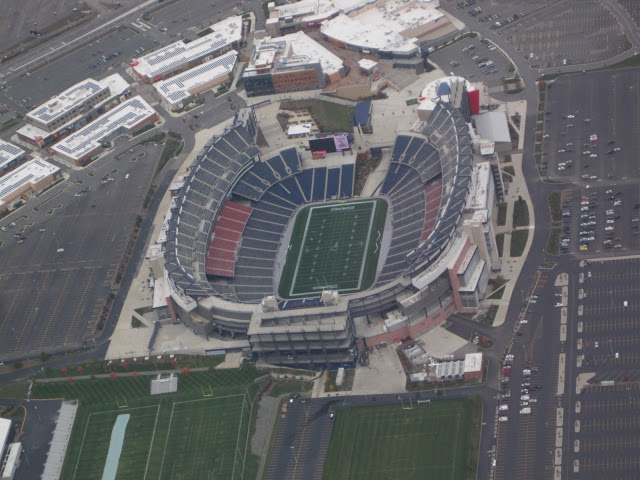
Today was the most varied (and most intense) day of flying I have ever had! The day began as a leisurely morning sightseeing flight with Avanni (and her Daddy). As you can see, Ronak got the hang of aerial photography pretty quickly as we flew over Patriots stadium down to Rhode Island and back: After […]
East Coast Journey (Day 2)
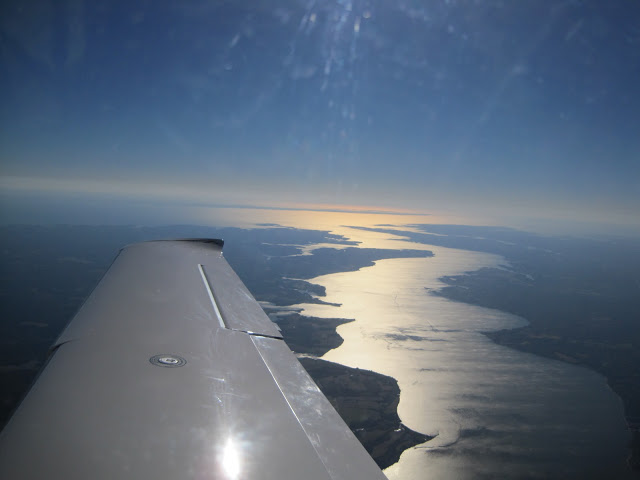
Day 2 was a rather simple day of flying… But it did include 3 new states, unusual ATC interactions, and best of all some awesome sites. The day began in Raleigh, with another good weather forecast. I filed IFR RDU > LVL > WWD (Wildwood, NJ) Very simple routing that avoided the Washington DC Special […]
